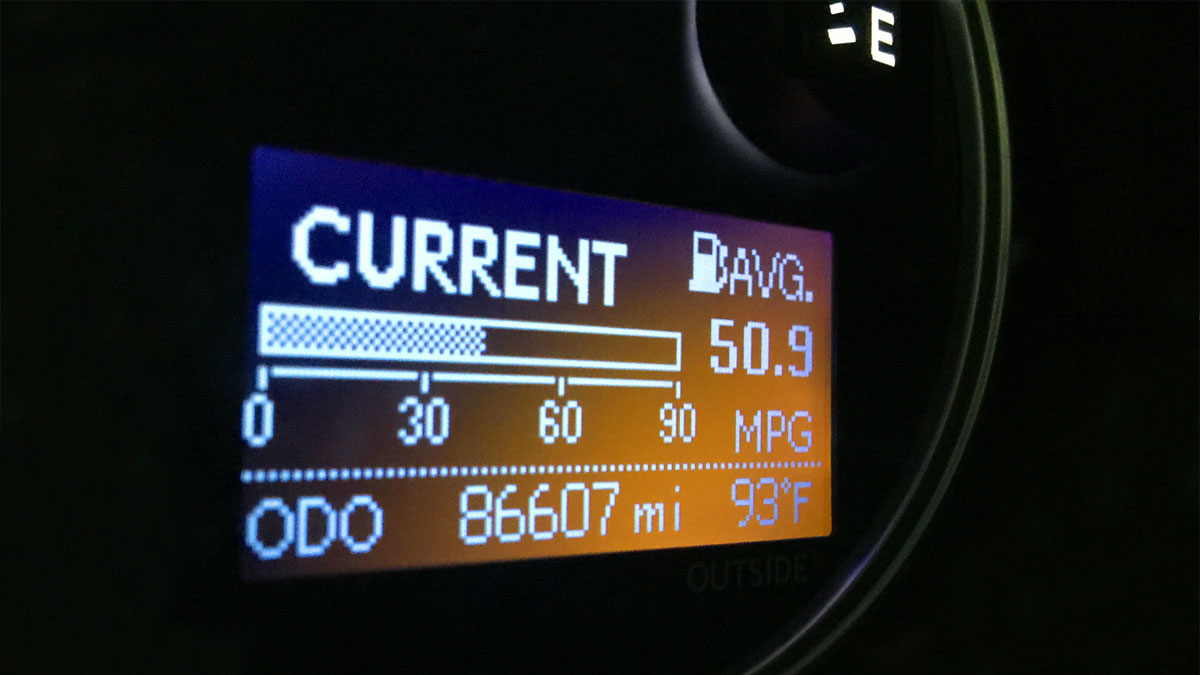What Does Eco Mode Do? (and When NOT to Use It)
Over the last couple of years, fuel prices have skyrocketed, placing additional financial pressure on motorists far and wide. Even those driving smaller, compact cars have begun feeling a significant amount of pain at the pump. This has caused many to forgo their typical Sunday afternoon drive, in favor of … Read more


